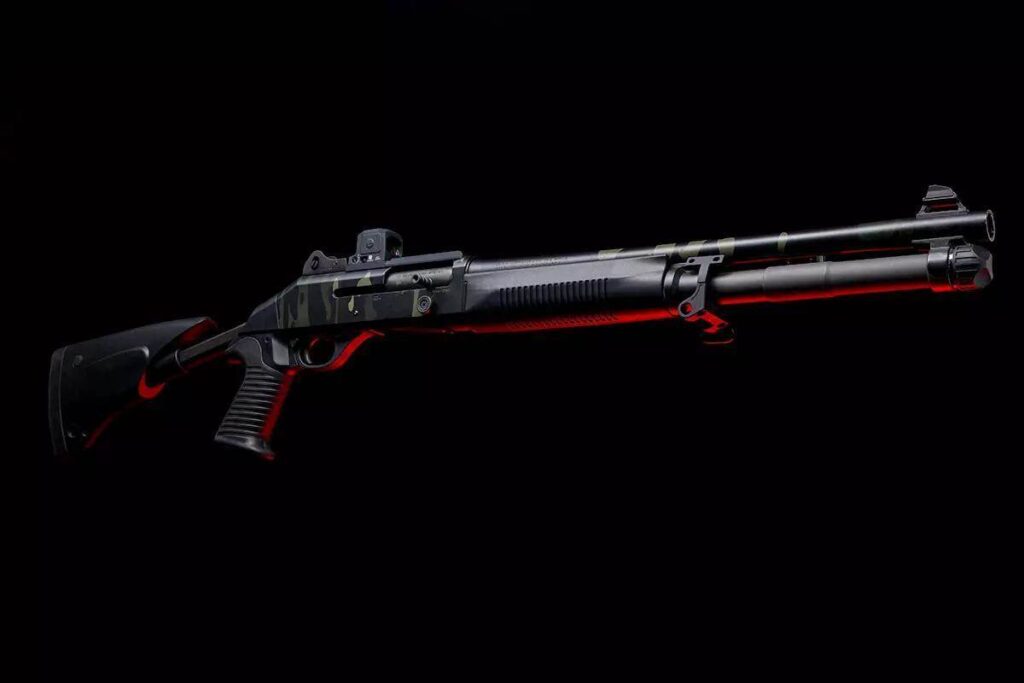The 3rd rule of gun safety seems to be the most straightforward of the four rules: never point a weapon at something you’re not willing to destroy. Makes perfect sense, right? We never want the muzzle of the gun to cross over something we wouldn’t want to put a bullet in.
But even that’s not true, because we all holster our guns at some point, and it doesn’t matter how you carry, because at some point that gun is going to be pointed at you. Sure it’s perfectly safe so long as you holster with good technique, but the real fact is that we’re pointing the gun at ourselves during the act of holstering. Now, it is possible to holster without ever flagging yourself, but that’s a conversation for later.
If we examine the 3rd rule of gun safety with the same critical mind we applied to the first two, we can apply some logic. When performing administrative gun handling tasks like loading, unloading, we always want to make sure the gun is pointed in a safe direction. A safe direction could be a brick wall that will stop a bullet, it could be a clearing barrel, or it could be 1,000 miles of empty desert. The point of a safe direction is so that if we make a mistake, or worse yet the gun suffers a mechanical failure and goes off, the bullet won’t harm anything, be it people, pets or property.
Advertisement — Continue Reading Below
The 3rd rule of gun safety is also where we can start to appreciate the layered nature of the 4 rules. In order to have a negative result, you must break at least two of the 4 rules at once. Not that you should do this, but if you point a loaded gun at your cat you’re intentionally breaking rule 3. But if that’s all you do, and you don’t break rule 2 and pull the trigger, the cat will live. (please don’t point loaded guns at your cats)
That’s the genius of the Four rules. They build a layer of safety around gun handling, and if we apply a little critical thinking, like we’ve done, we can be even safer by understanding their intent and interpretations.















